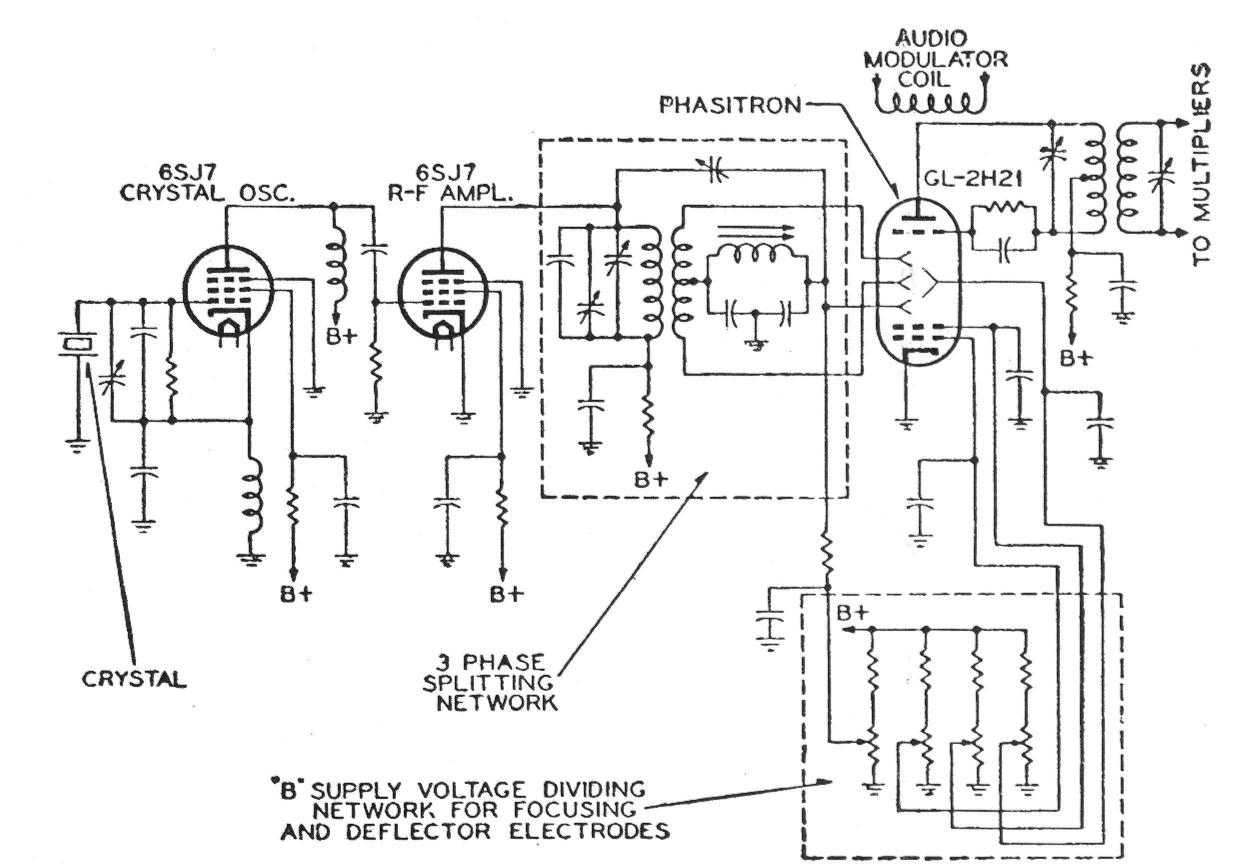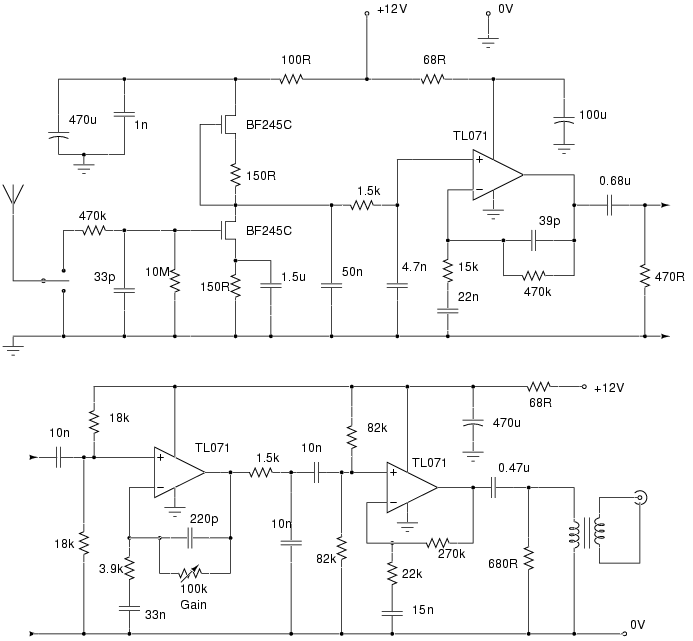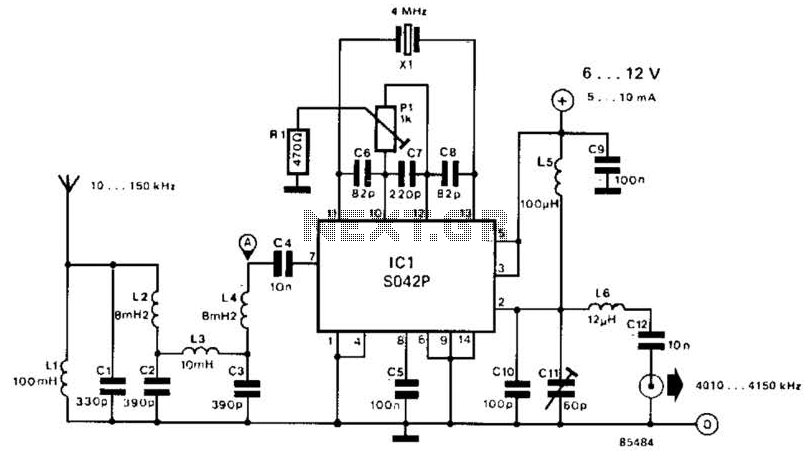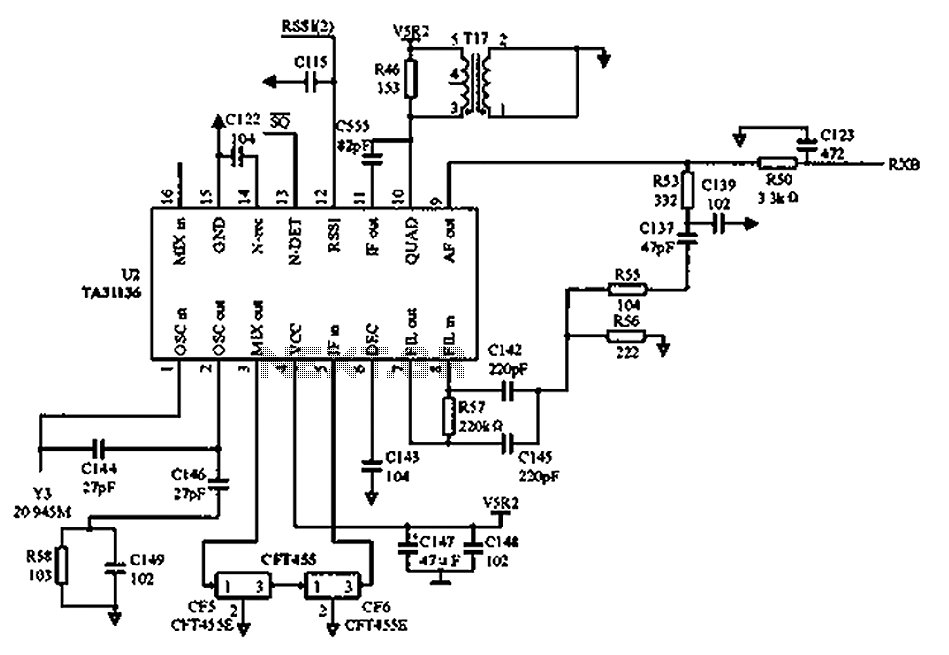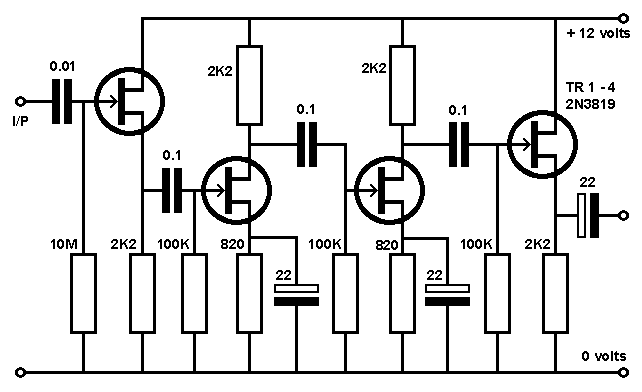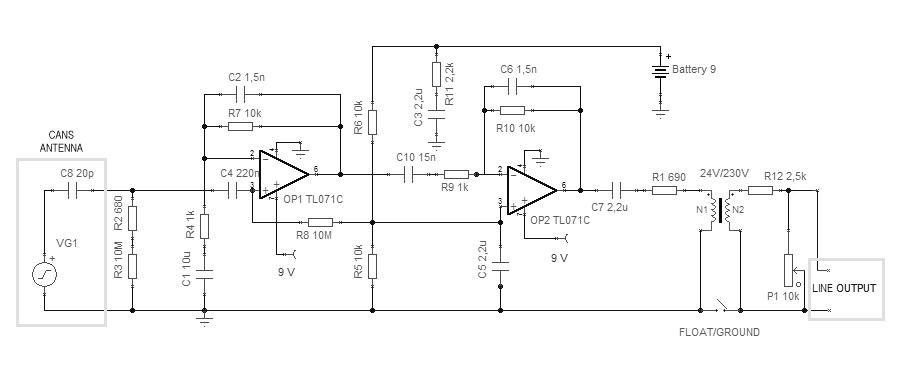
VLF Whistler Reception
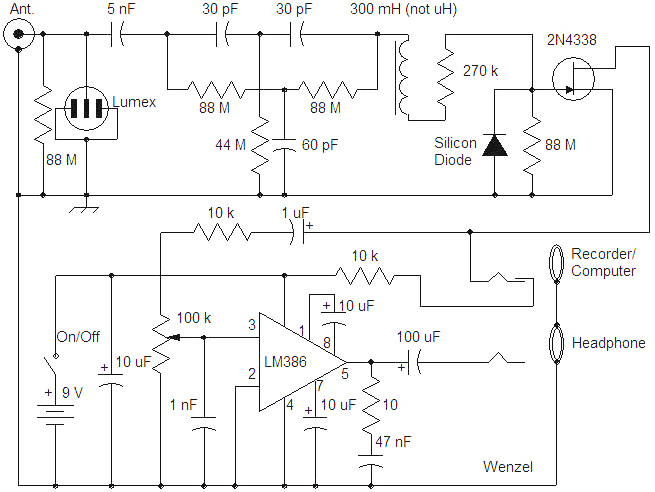
Natural radio is essentially radio noise originating from natural sources, primarily lightning, but also from ion clouds interacting with the Earth's magnetic field. Nearby lightning produces a crackling sound similar to that heard on a standard AM radio, while distant lightning generates distinctive "chirps." The frequencies of the original pulse can be dispersed over time, as higher frequencies travel slightly faster than lower ones. Consequently, a brief impulse from a lightning strike in South America may sound like a chirp in Texas. Slower sweeping tones are referred to as "whistlers," which remain somewhat enigmatic. Under optimal conditions, multiple lightning strikes along with various reflections can create an eerie chorus reminiscent of a flock of geese. Additionally, intriguing man-made signals can be detected in urban environments. Areas farther from the equator are more favorable for whistlers, while urban locations are often saturated with artificial signals, which can also be captivating. Before embarking on the construction of advanced receivers, it is advisable to start with a few simple projects to familiarize oneself with the hobby and assess the extent of local interference. Portable designs typically feature relatively short antennas, and the amplifier's input impedance must be sufficiently high to prevent attenuation of lower audio frequencies. It is also beneficial for the amplifier to have an inverting configuration from input to output; otherwise, positive feedback from the headphone cable to the antenna may induce squealing and instability. These requirements usually necessitate the use of either a grounded-source FET preamplifier or a dual op-amp configuration. A single op-amp inverting design with adequate input impedance is challenging to achieve. Fortunately, the CA3240 dual op-amp, available in a DIP package, is a preferred option. This dual op-amp features high-impedance CMOS inputs that are well-protected against ESD and offer an excellent gain-bandwidth of 4.5 MHz, operating with a total power supply voltage ranging from 4 to 36 volts. The first project utilizes this op-amp, with a simple receiver constructed inside a plastic peanut butter jar, employing a straightened coat hanger as an antenna approximately 32 inches long. A block of wood secured to the lid with two screws reinforces the lid and supports both the antenna and ground wire. Additional screws secure the antenna and ground wire, respectively. A section of the coat hanger wire is stripped of enamel to facilitate the attachment of a short hookup wire. The ground wire consists of a 9-inch length of 14 AWG solid copper wire, similar to that used in residential wiring, bent to ensure good contact with the user's hand while in operation. The body of the jar serves as the ground for the receiver, and it is essential to hold the wire during use. A volume control and output audio jack are also integrated into the lid. The wooden block additionally supports the circuit board and battery holder. The first amplifier is biased to half the battery voltage using two 1 MΩ resistors in conjunction with a 22 MΩ resistor. Pin 1 should be near 4.5 volts during operation. The gain of the first stage is set at 23 and can be increased to 48 by replacing the 22 kΩ resistor with a 47 kΩ resistor. The volume control/switch is not critical, but a larger capacitor to ground is recommended at the bottom of the potentiometer for lower values, such as a 10 µF capacitor with a 10 kΩ pot. Upon powering the unit indoors, a significant hum is expected after the circuit is activated, rendering it ineffective indoors. For optimal performance, it is advisable to operate the unit outdoors, away from buildings and power lines. Engaging with the ground wire during use enhances functionality. A good pair of modern headphones, particularly noise-cancelling types, will improve the listening experience, although the circuit will also support older crystal earphones.Natural Radio" is simply radio noise with natural origins, mainly lightning, but also clouds of ions interacting with the earth`s magnetic field. Nearby lightning sounds like the familiar crackle heard on an ordinary AM radio but distant lightning produces distinctive "chirps.
" The frequencies of the original pulse can be spread out in time (a process called "dispersion) because the higher frequencies travel a little faster than the lower. The result is that the short impulse from a lightning strike in South America can sound like a chirp in Texas. Slower sweeping tones are called "whistlers" and they are a bit of a mystery. Allyson`s explanation is the best I`ve heard. When conditions are just right, numerous lightning strikes combine with numerous reflections to give an eerie chorus that sounds a bit like a flock of geese.
One can also hear interesting man-made signals in the urban environment. Latitudes away from the equator are best for whistlers and urban areas are often awash in man-made signals, but they can be interesting, too. Before launching into the construction of sophisticated receivers it`s a good idea to throw together a few simple projects to get a feel for the hobby, and to see just how big a challenge the local interference poses.
Portable designs will have relatively short antennas and the input impedance of the amplifier needs to be quite high to avoid attenuating the lower audio frequencies. Also, it`s a good idea to give the amplifier an inverting sense from input to output. Otherwise positive feedback from the headphone cable to the antenna can cause squealing and instability.
These two requirements usually mean that either a grounded-source FET preamplifer or a dual op-amp is needed. It`s difficult to make a single op-amp inverting design with sufficient input impedance. Fortunately, one of my favorite dual op-amps is still available in a DIP package, the CA3240. This dual op-amp features high-impedance CMOS inputs that are well-protected from ESD and excellent gain-bandwidth of 4.
5 MHz. They can work with a total power supply voltage from 4 to 36 volts to boot. And they`re big enough to solder! Rush to buy a dozen before they disappear. The first project uses one. This simple receiver is built into a plastic peanut butter jar and uses a straightened coat hanger for the antenna yielding a length near 32 inches. A block of wood attached to the lid by two screws stiffens the lid and supports the antenna and ground wire.
Two additional screws secure the antenna and one screw holds the ground wire. The enamel was sanded off a a section of the coat hanger wire to allow the attachment of a short length of hookup wire: The ground wire is a 9" length of 14 AWG solid copper wire like that used in house wiring and it is simply bent down along the jar so that it makes good contact with the hand while the unit is in use. (The body serves as the ground for the receiver - don`t forget to grab the wire!) A volume control and output audio jack are also mounted in the lid.
The block of wood also serves to support the circuit board and battery holder. The first amplifier is biased to half the battery voltage by the two 1 meghom resistors through the 22 meghom resistor. Pin 1 should sit near 4. 5 volts when operating. The gain of the first stage is 23 and may be increased to 48 by changing the 22k resistor to 47k. The volume control/switch isn`t critical but use a larger capacitor to ground on the bottom of the pot for lower values.
Use 10 uF with a 10k pot. When you turn the unit on in the house you should be "blasted" by hum after the circuit comes alive. It will be pretty useless indoors. Go outside as far away from buildings and power lines as possible. Touch the ground wire when operating the unit. A good pair of modern headphones will help, especially noise-cancelling types. The circuit will also drive an older crystal earphone. When you get away fro 🔗 External reference
" The frequencies of the original pulse can be spread out in time (a process called "dispersion) because the higher frequencies travel a little faster than the lower. The result is that the short impulse from a lightning strike in South America can sound like a chirp in Texas. Slower sweeping tones are called "whistlers" and they are a bit of a mystery. Allyson`s explanation is the best I`ve heard. When conditions are just right, numerous lightning strikes combine with numerous reflections to give an eerie chorus that sounds a bit like a flock of geese.
One can also hear interesting man-made signals in the urban environment. Latitudes away from the equator are best for whistlers and urban areas are often awash in man-made signals, but they can be interesting, too. Before launching into the construction of sophisticated receivers it`s a good idea to throw together a few simple projects to get a feel for the hobby, and to see just how big a challenge the local interference poses.
Portable designs will have relatively short antennas and the input impedance of the amplifier needs to be quite high to avoid attenuating the lower audio frequencies. Also, it`s a good idea to give the amplifier an inverting sense from input to output. Otherwise positive feedback from the headphone cable to the antenna can cause squealing and instability.
These two requirements usually mean that either a grounded-source FET preamplifer or a dual op-amp is needed. It`s difficult to make a single op-amp inverting design with sufficient input impedance. Fortunately, one of my favorite dual op-amps is still available in a DIP package, the CA3240. This dual op-amp features high-impedance CMOS inputs that are well-protected from ESD and excellent gain-bandwidth of 4.
5 MHz. They can work with a total power supply voltage from 4 to 36 volts to boot. And they`re big enough to solder! Rush to buy a dozen before they disappear. The first project uses one. This simple receiver is built into a plastic peanut butter jar and uses a straightened coat hanger for the antenna yielding a length near 32 inches. A block of wood attached to the lid by two screws stiffens the lid and supports the antenna and ground wire.
Two additional screws secure the antenna and one screw holds the ground wire. The enamel was sanded off a a section of the coat hanger wire to allow the attachment of a short length of hookup wire: The ground wire is a 9" length of 14 AWG solid copper wire like that used in house wiring and it is simply bent down along the jar so that it makes good contact with the hand while the unit is in use. (The body serves as the ground for the receiver - don`t forget to grab the wire!) A volume control and output audio jack are also mounted in the lid.
The block of wood also serves to support the circuit board and battery holder. The first amplifier is biased to half the battery voltage by the two 1 meghom resistors through the 22 meghom resistor. Pin 1 should sit near 4. 5 volts when operating. The gain of the first stage is 23 and may be increased to 48 by changing the 22k resistor to 47k. The volume control/switch isn`t critical but use a larger capacitor to ground on the bottom of the pot for lower values.
Use 10 uF with a 10k pot. When you turn the unit on in the house you should be "blasted" by hum after the circuit comes alive. It will be pretty useless indoors. Go outside as far away from buildings and power lines as possible. Touch the ground wire when operating the unit. A good pair of modern headphones will help, especially noise-cancelling types. The circuit will also drive an older crystal earphone. When you get away fro 🔗 External reference
